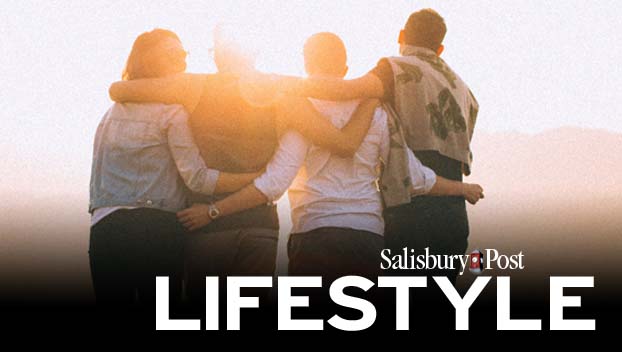Ester Marsh column: Gallbladder issues may be from your diet
Published 12:00 am Sunday, January 17, 2021
I had such great feedback on the kidney stones column, and I had a request for one on gallbladder disease. I personally dealt with this and had mine removed.
How do you know if you are dealing with gallbladder disease?
Every case is different and my gallbladder was been taken out over eight years ago. I was having all kinds of “gut” issues; we finally figured out that I had a bad gallbladder. If you are like me, I was thinking: but I don’t eat a lot of fat, I exercise and try to be as healthy as possible. When the CAT scan showed I had a bad gallbladder I found out that two of my aunts had theirs taken out.
It was a frustrating, painful journey with trial and errors … but after my gallbladder was out I felt a lot better. When I started to have some other painful gut issues, it was due to food sensitivities and since I have that knowledge now, I have adjusted my diet and am doing much better.
Let’s look at what the gallbladder is and does. It is a sac located under the liver. It stores and concentrates bile, which is produced in the liver and helps in the digestion of fats.
When the gallbladder does not work properly, you can be diagnosed with the following disease (not limited to):
• Cholecystitis, which is inflammation of the gallbladder
• Cholelithiasis, which are gallstones in the gallbladder
I actually was dealing with both.
Many people have gallstones and never have a problem or symptoms. Now, if the stones are large, they can block the duct that leads from the gallbladder. This causes pain and requires treatment. Sometimes a change of diet is all you need, with low fat and high fiber foods, avoiding refined items like white breads, pasta and sugar. Increased exercise (or in many cases, starting exercise) might get your gallbladder to “perk up” and do what it is supposed to do, store bile and release it when needed in the digestive system.
Acute cholecystitis occurs when the stones or sludge block the duct. Symptoms include (but are not limited to):
• Pain in the upper right abdomen that is severe and constant. It may last for days. Pain frequently increases when drawing a breath.
• Pain that radiates to the back or between the shoulder blades, behind the breastbone or even the left side.
• Fever and chills, which happens in about a third of patients.
• Nausea and vomiting.
• Jaundice
• Dark urine and/or a lighter stool
• Rapid heartbeat and abrupt blood pressure drop
Chronic cholecystitis involves gallstones and mild inflammation. In these cases the gallbladder may become scarred and stiff. Symptoms may include:
• Complaints of gas, nausea and abdominal discomfort after meals
• Chronic diarrhea, which would be about 4-10 bowel movements every day for at least three months.
A healthy gut is so important in everyone’s life. If you think you are dealing with gallbladder issues, talk to your doctor. He or she will be able to steer you in the right direction whether you need surgery or not, and maybe changes to your diet can help. I can tell you, gallbladder attacks are very painful and I wouldn’t want anyone to suffer from them.
Ester H Marsh is Health and Fitness Director of the JF Hurley Family YMCA.





